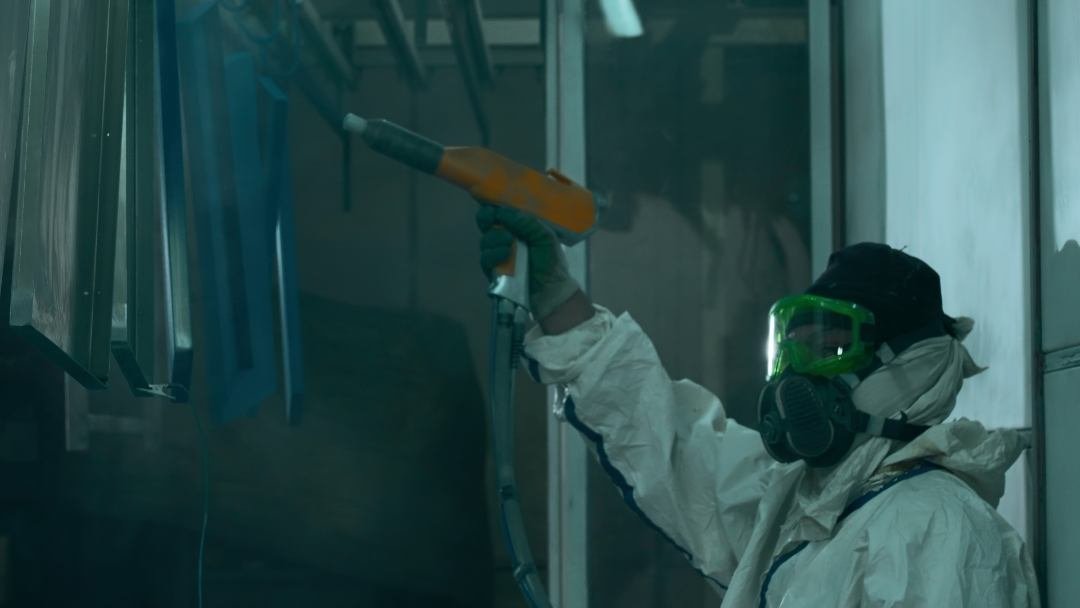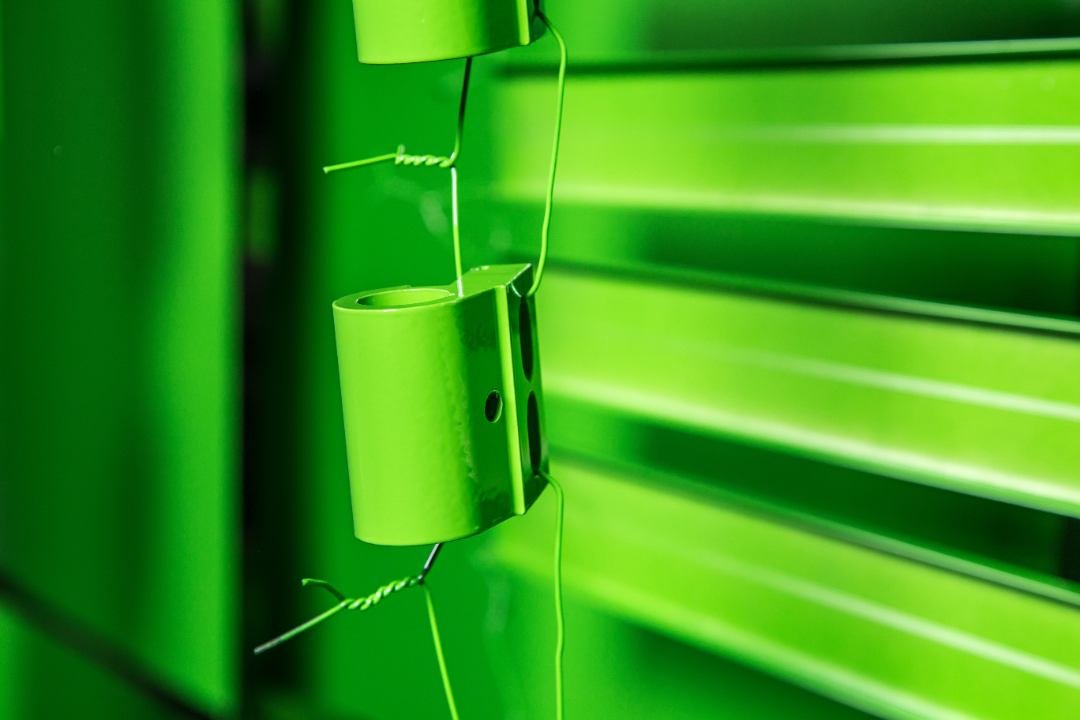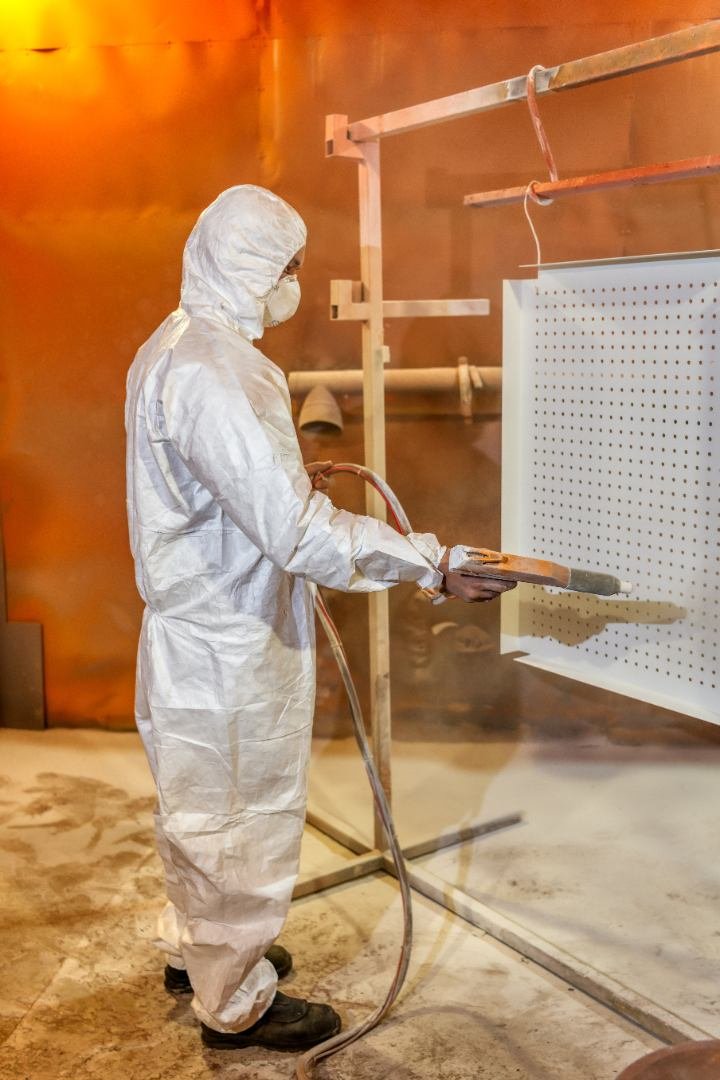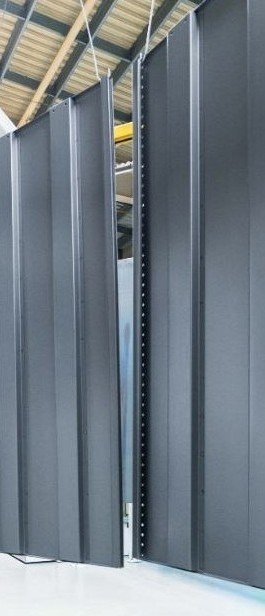Powder Coating
Durable Protection and Aesthetic Refinement for Metal Surfaces
Powder coating is an advanced and highly effective method for surface finishing of metal parts. It not only provides excellent protection against corrosion and wear but also gives the parts an attractive, uniform appearance. In modern sheet metal fabrication, powder coating has become the preferred method for optimizing metal parts both functionally and aesthetically. On this page, you will learn about our powder coating services, the specific advantages of this technique, and its wide range of applications.

What is Powder Coating?
Powder coating is a coating process in which a dry, electrostatically charged powder is applied to a metallic surface. After the powder is applied, the coated part is heated in an oven, causing the powder to melt and fuse into a continuous, smooth, and durable coating. This coating is resistant to weather, chemicals, and mechanical stress, making it an ideal solution for a variety of applications.
Unlike traditional painting methods that use liquid paints, powder coating requires no solvents. This makes the process more environmentally friendly and safer to apply. Additionally, powder coating produces a thicker, more uniform layer that offers better protection and lasts longer.
The Powder Coating Process
The powder coating process consists of several steps, carefully coordinated to achieve optimal results:

- Surface Preparation: Before coating, the surface of the workpiece must be thoroughly cleaned and prepared. This can involve removing dirt, grease, rust, or old coatings. Cleaning is typically done by blasting, etching, or chemical pretreatment to ensure optimal adhesion of the powder.
- Powder Application: The powder is electrostatically charged and applied to the metal surface using a spray gun. The electrostatic charge causes the powder to adhere evenly to the workpiece, forming a uniform layer.
- Curing in the Oven: After the powder is applied, the workpiece is placed in an oven where it is heated until the powder melts and bonds into a continuous coating. The temperature and duration of the curing process depend on the type of powder and the material of the workpiece.
- Quality Control and Finishing: After curing, the coating is inspected for uniformity, adhesion strength, and surface quality. If necessary, finishing steps such as removing excess powder or polishing the surface may be carried out.
Conclusion
Powder coating is an indispensable process in facade construction that meets both the aesthetic demands of modern architecture and the functional requirements for protection and durability. With its high resistance, environmental friendliness, and versatile design options, powder coating is the ideal solution for all types of metal facades. Trust our expertise and experience to enhance your facade projects with high-quality powder coatings that offer long-lasting, attractive protection. Together, we will develop custom solutions that meet your highest standards.

